Dirtiest places in a bathroom and how to clean them – according to professionals
Our experts shared the top two dirtiest places in your bathroom and five often-overlooked runner-ups

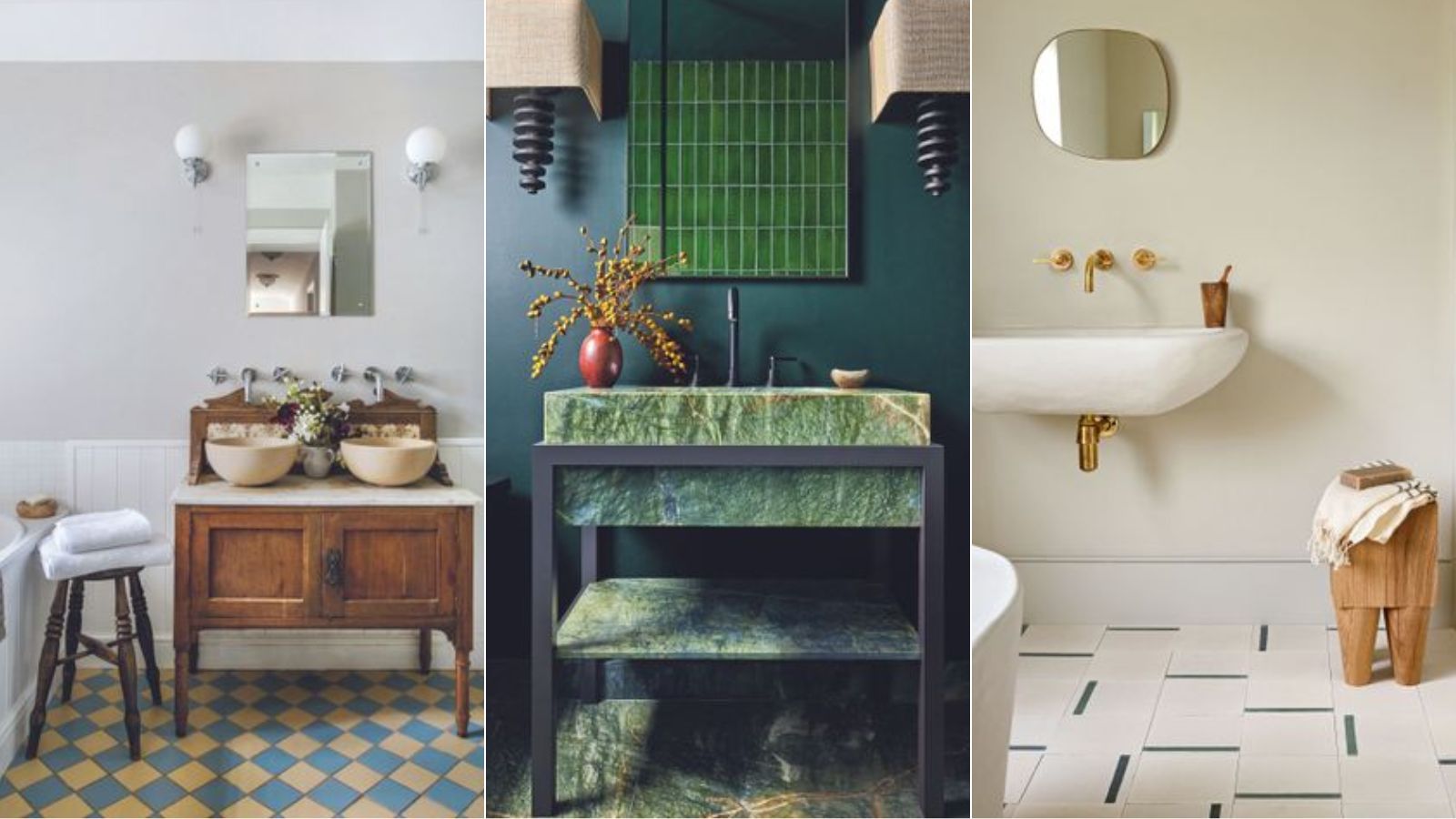
Knowing where the dirtiest areas in your bathroom are and how to clean them is key to ensuring this room stays hygienic, which will translate to the rest of your home.
As one of the dirtiest places in your home, your bathroom requires quite a bit of attention when it comes to cleaning in order to avoid spreading germs throughout your home and keeping a clean space, since it is an environment where bacteria and mold can thrive if it's not properly cleaned.
Having a spotless and sanitary bathroom will make this space more inviting for your family and guests alike, which is why our experts have revealed the dirtiest places in your bathroom and how to clean them.
The dirtiest places in a bathroom and how to clean them
Although experts are divided on where the dirtiest place in a bathroom is, the sink and toilet bowl are often thought of as the dirtiest spots.
However, this does not mean you should neglect other areas in your bathroom which are often overlooked in how much cleaning they need. Forgetting certain areas that don't seem as obviously dirty is one of the key unhygienic bathroom mistakes which is why it's important to keep them in mind when deep cleaning.
1. The sink
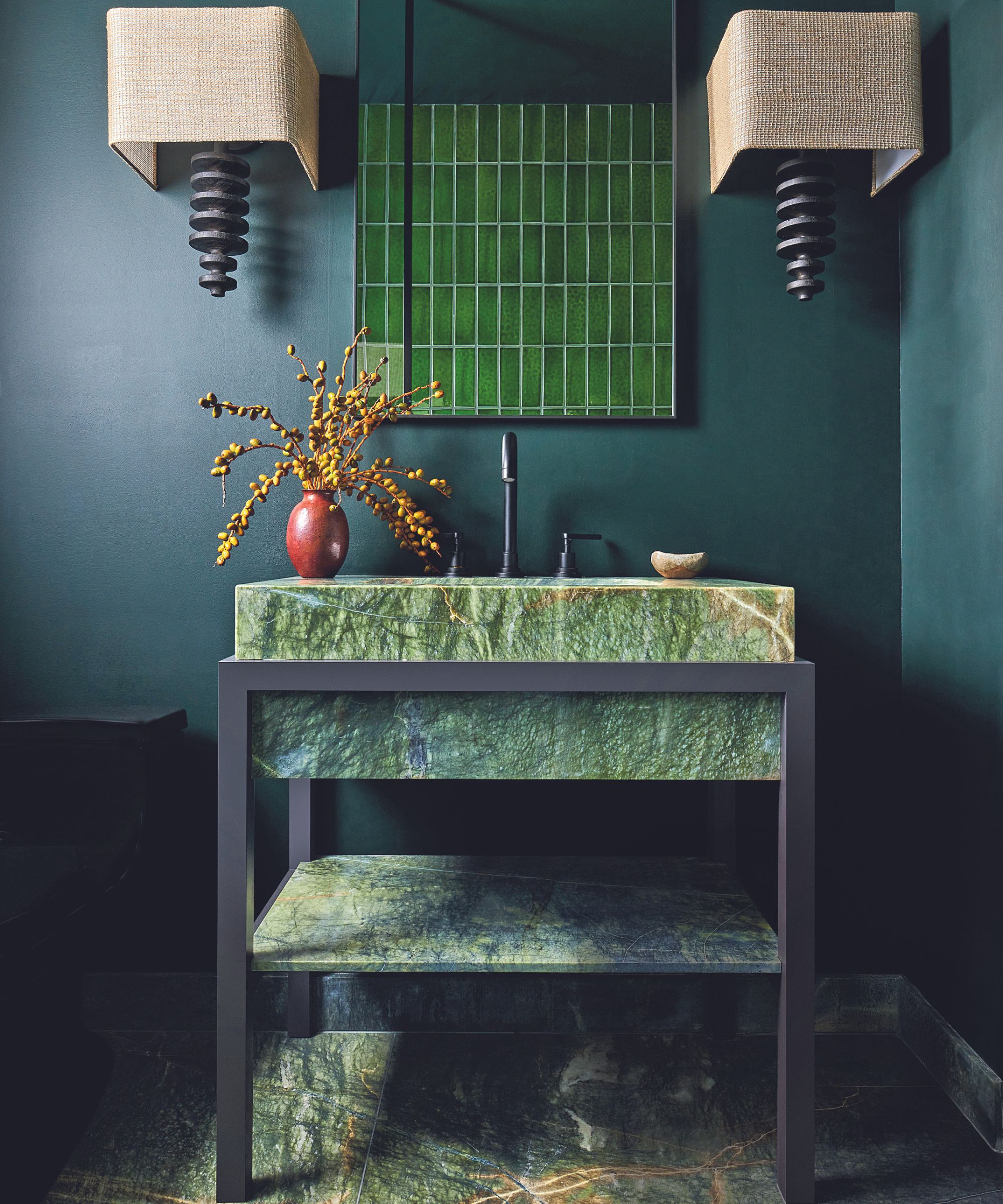
'The bathroom sink qualifies among the dirtiest places in a bathroom because it serves as a repository for bacteria and viruses,' warns certified cleaning expert at Fortador, Sabrina Tretyakova. 'The sink is where all the dirty water from handwashing, bathing, face-washing, and toothbrushing congregates. The areas around the drain are most prone to remain dirty.'
The high traffic that sinks experience can lead to a number of unhygienic consequences.
Design expertise in your inbox – from inspiring decorating ideas and beautiful celebrity homes to practical gardening advice and shopping round-ups.
Muffetta Krueger, cleaning expert and founder of Muffetta's Domestic Assistants says, 'Water tends to stagnate in the sink's drain trap, creating a conducive environment for the growth of bacteria, mold, and mildew. Over time, this can lead to unpleasant odors and unsightly build-up.
'Toothpaste and soap are often washed down the sink, leaving behind residues that can stick to the walls of the drain pipes, becoming a breeding ground for bacteria.
'Loose hair, along with other debris like dirt and dust, can find their way into the sink drain. These substances can accumulate and trap more particles over time.'
All of these factors mean that sinks will easily become the dirtiest place in your bathroom without regular cleaning.
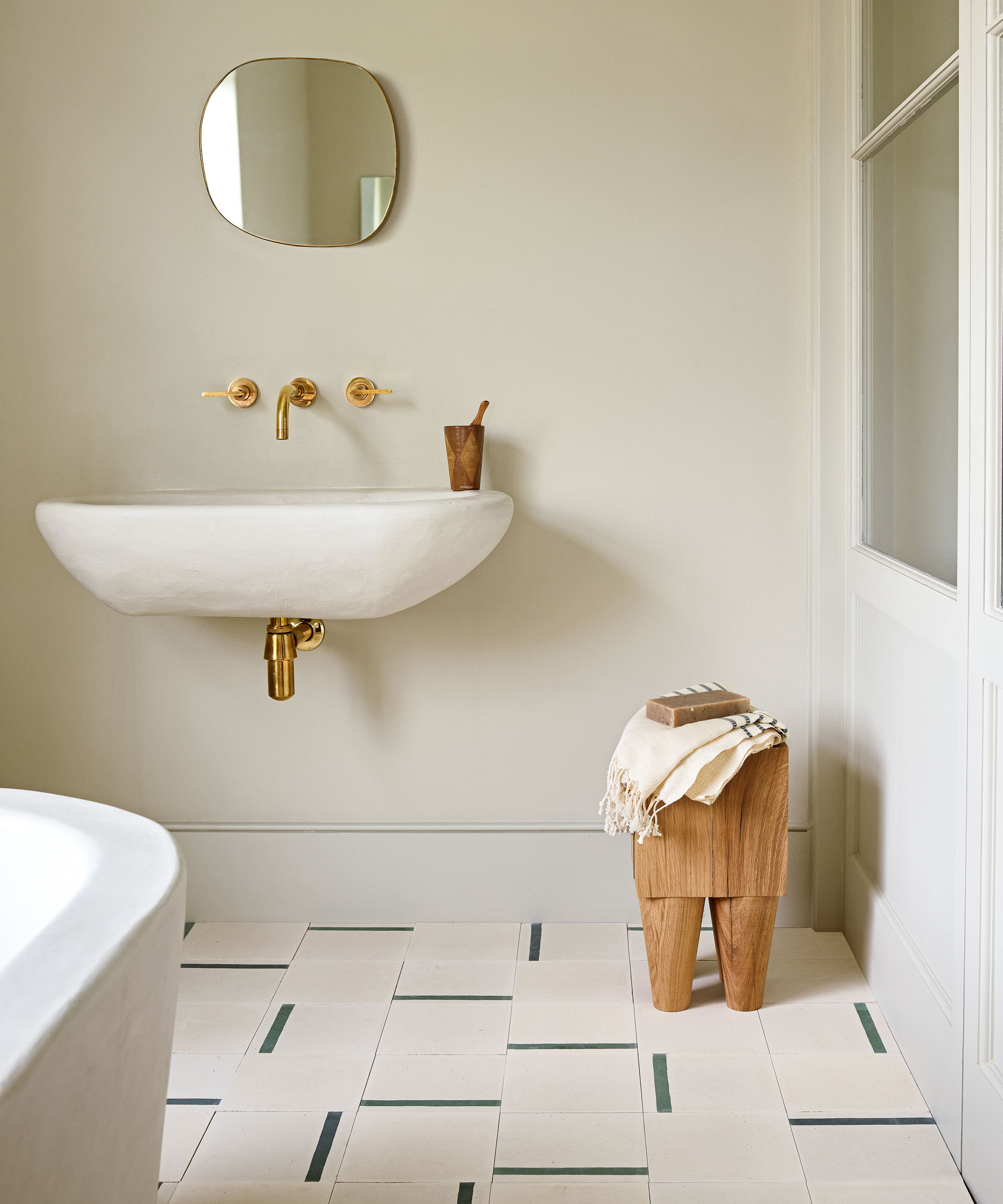
'Sink drains are not easily accessible for regular cleaning, meaning most people do not clean the drain area as often as they should, contributing to the build up of grime and germs,' says Muffetta Krueger. For this reason she suggests:
1. 'Clean the sink drain at least once a month using a drain cleaning solution or a mixture of baking soda and vinegar. This will help prevent the buildup of residue and odors.
'2. For a thorough clean, remove the drain stopper and clean it separately. Scrub the drain opening and the stopper thoroughly.'
3. Additionally, Muffetta Krueger recommends installing a hair catcher, at Amazon, in the drain to prevent hair from clogging the pipes. Clean it regularly to ensure it functions correctly.
4. 'Ensure proper ventilation in the bathroom to reduce moisture, which can encourage the growth of mold and mildew.'

Muffetta Krueger is a cleaning expert and founder of Muffetta’s Domestic Assistants with over 16 years of operational management experience in the service industry. Muffetta’s Domestic Assistants provides housekeepers, house cleaners and maids, and is based in New York.
2. The toilet

The other dirtiest area in a bathroom, unsurprisingly, is the toilet.
'Most cleaning experts would agree that the toilet bowl and seat can be among the dirtiest places in a bathroom. Germs and bacteria thrive in these areas due to frequent use,' says Carlos Garcia from Total Clean.
Sabrina Tretyakova explains, 'Though you flush your toilet after use, the areas around the commode can contain germs and bacteria. As you flush, the swirling water throws up aerosols from fecal matter. It launches germs and bacteria not only onto the toilet, but also onto your surrounding walls, sink, drains, towel holders, towels, walls, and toothbrush holders placed nearby. The solution is to close the commode with the lid before flushing the toilet.'

Fantastic Service's domestic cleaning expert and supervisor Petya Holevich suggests that to clean your toilet:
1. 'Carefully follow the manufacturer's instructions on your toilet bowl cleaner. Apply it under the rim of the bowl and around the inside of the bowl, allowing it to flow down and coat the surfaces. Make sure that the entire bowl is covered.
2. 'Let it sit for a few minutes to allow it to break down stains, mineral deposits, and bacteria. However, still refer to the product label for the recommended time.
3. 'Use a toilet bowl brush to scrub the entire interior of the bowl, paying special attention to the waterline, under the rim, and the trapway, which is the S-shaped channel at the bottom of the bowl. Use a back-and-forth motion and apply some force to it to remove stains and build-up.
4. 'After scrubbing, flush the toilet to rinse away the cleaner and loosened particles. If your toilet has a strong flush, you’ll probably need to rinse it manually with water.
5. 'Wipe the exterior of the toilet bowl, including the handle, with a disinfecting wipe or a cloth dampened with a disinfectant cleaner. Dispose of all used cleaning materials properly and wash your hands thoroughly when you’re finished,' says Petya Holevich.
3. The toothbrush holder
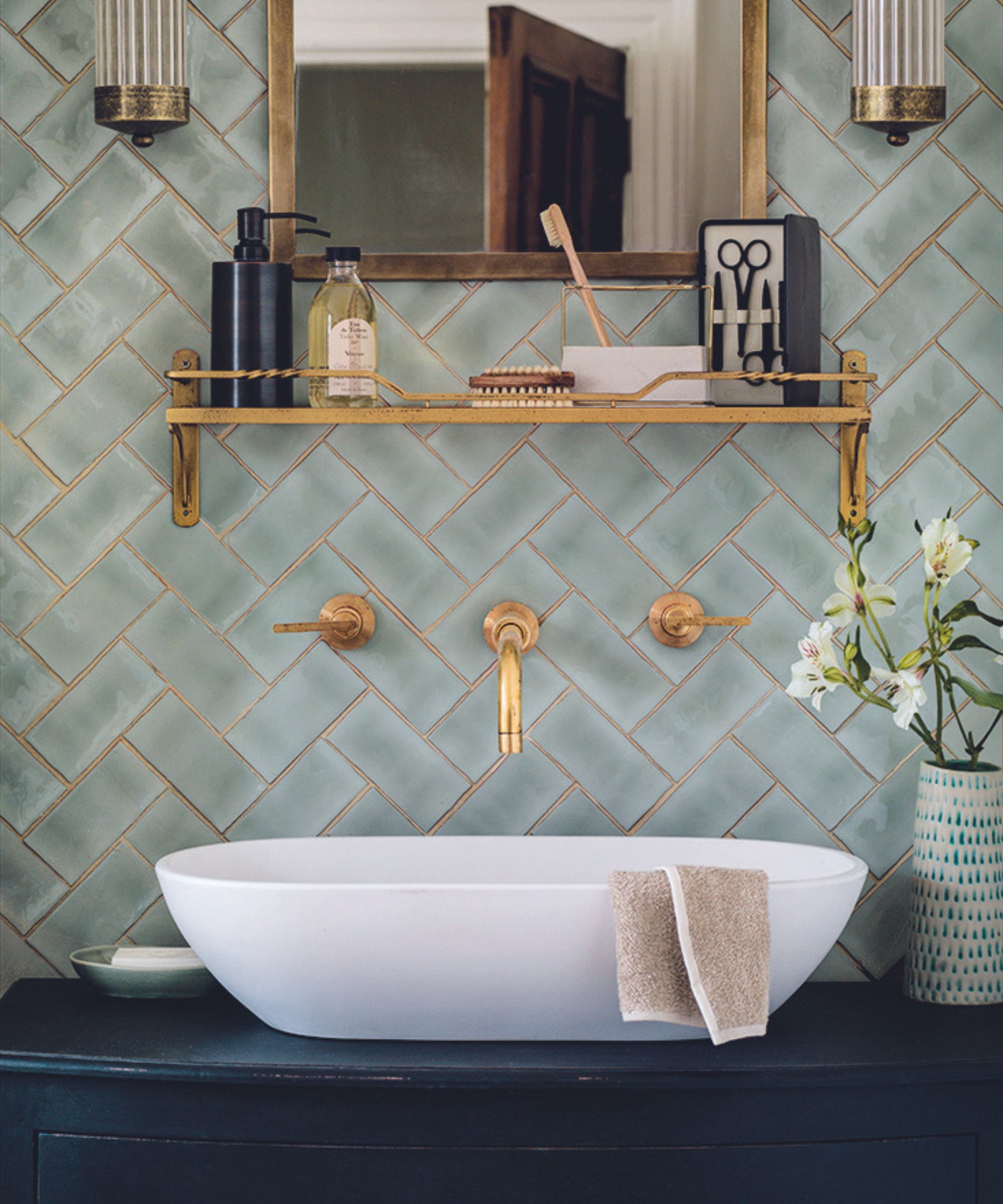
'One of the most underestimated and frequently overlooked areas in a bathroom that can harbor a surprising amount of germs is the toothbrush holder,' warns interior designer and owner of H2O plumbing, Rich Mullins.
Certified cleaning expert Sabrina Tretyakova says, 'Though it looks innocuous, toothbrush holders collect germs and bacteria from other areas of the bathroom like the toilet (when flushing), drain (when washing hands/face), towel holders (when you hang dirty clothes), etc. '
Rich Mullins comments, 'I often recommend regularly disinfecting toothbrush holders by washing them with hot, soapy water and sanitizing them with a disinfectant spray or wipes.'
4. Bathroom faucet handles
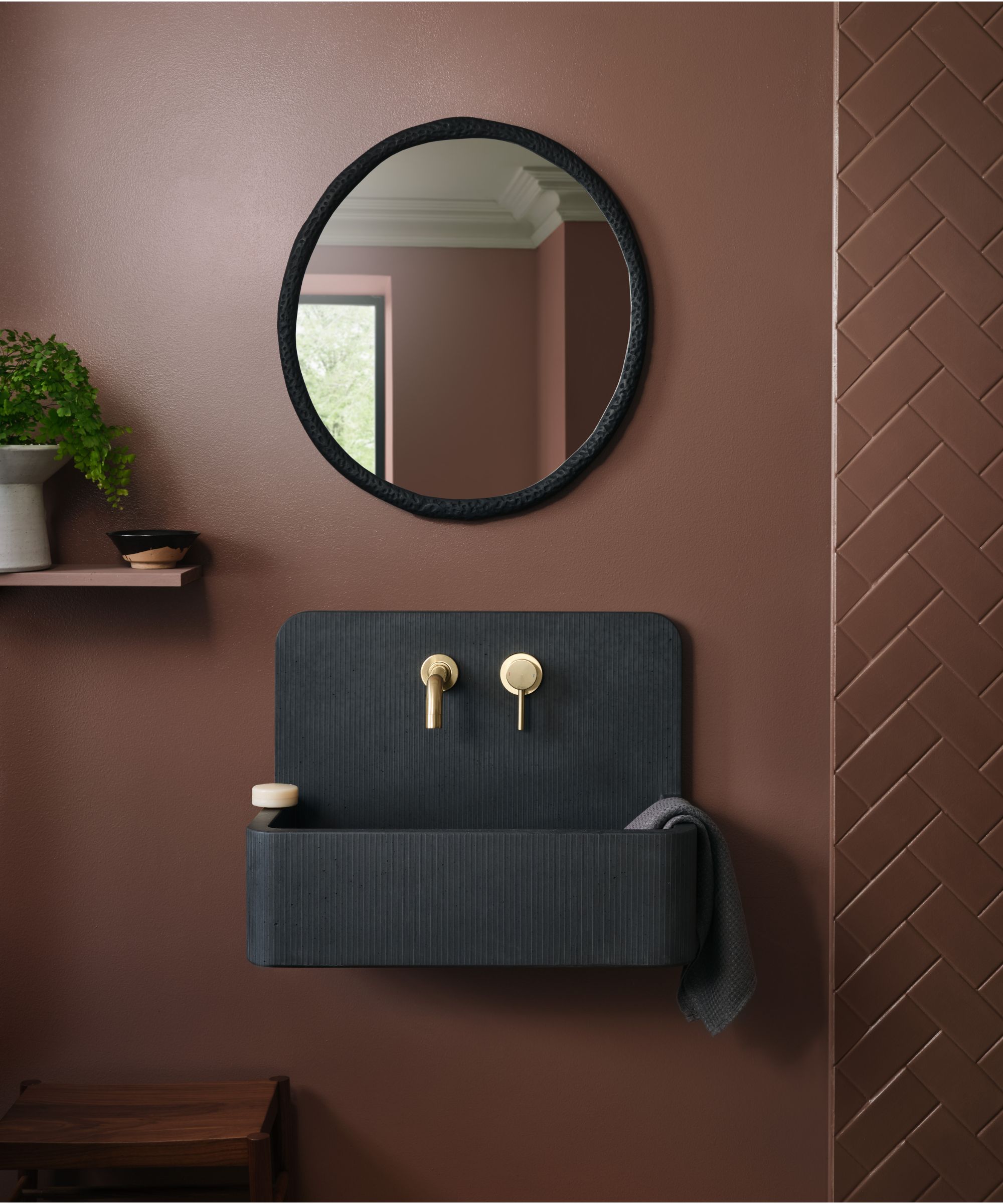
Rich Mullins says, 'Another often-neglected spot is the bathroom faucet handles. Folks tend to touch them with dirty or wet hands, transferring germs onto these frequently used surfaces.
'To address this, I suggest incorporating touchless or sensor-activated faucets. Doing this effectively minimizes direct contact and can significantly reduce the spread of germs.' We recommend this HHOOMMEE Automatic Waterfall Touchless Bathroom Sink Faucet from Amazon.
Alternatively, Sabrina Tretyakova recommends, 'Clean the faucet and its handles with water and detergent after use every time.'
5. Shower curtains
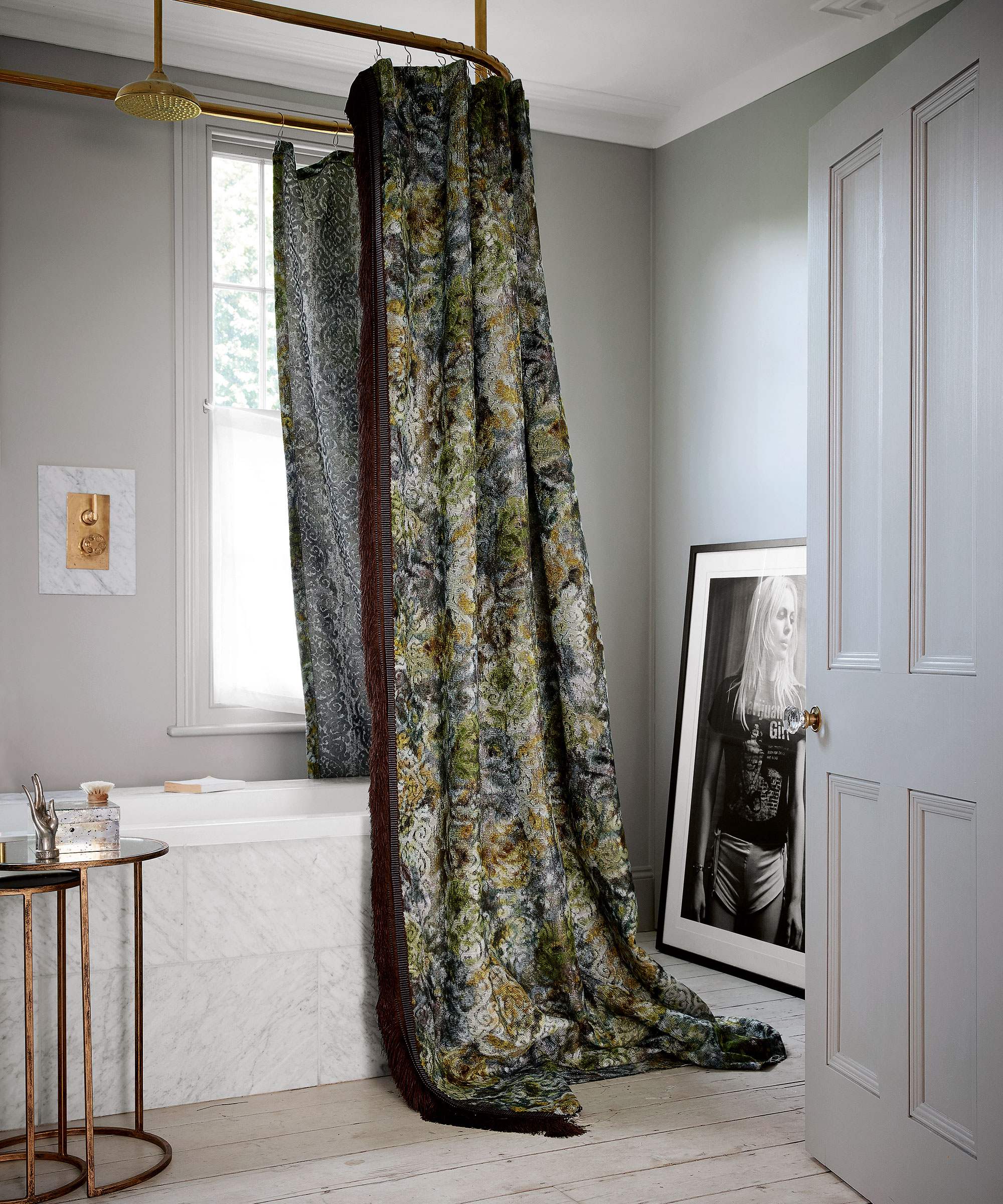
'Shower curtains can also be a hidden source of grime,' says Rich Mullins. 'They are exposed to constant moisture, creating an ideal environment for mold and mildew
growth.
To clean a shower curtain and get rid of shower curtain mold and mildew, Rich Mullins recommends, 'Regularly washing and disinfecting shower curtains according to the manufacturer's instructions. Better still, consider opting for mold-resistant curtains that are easier to maintain.'
We recommend this Mold & Mildew Resistant Fabric Shower Curtain Liner from Walmart, available in a range of colors.
6. Bathroom floor
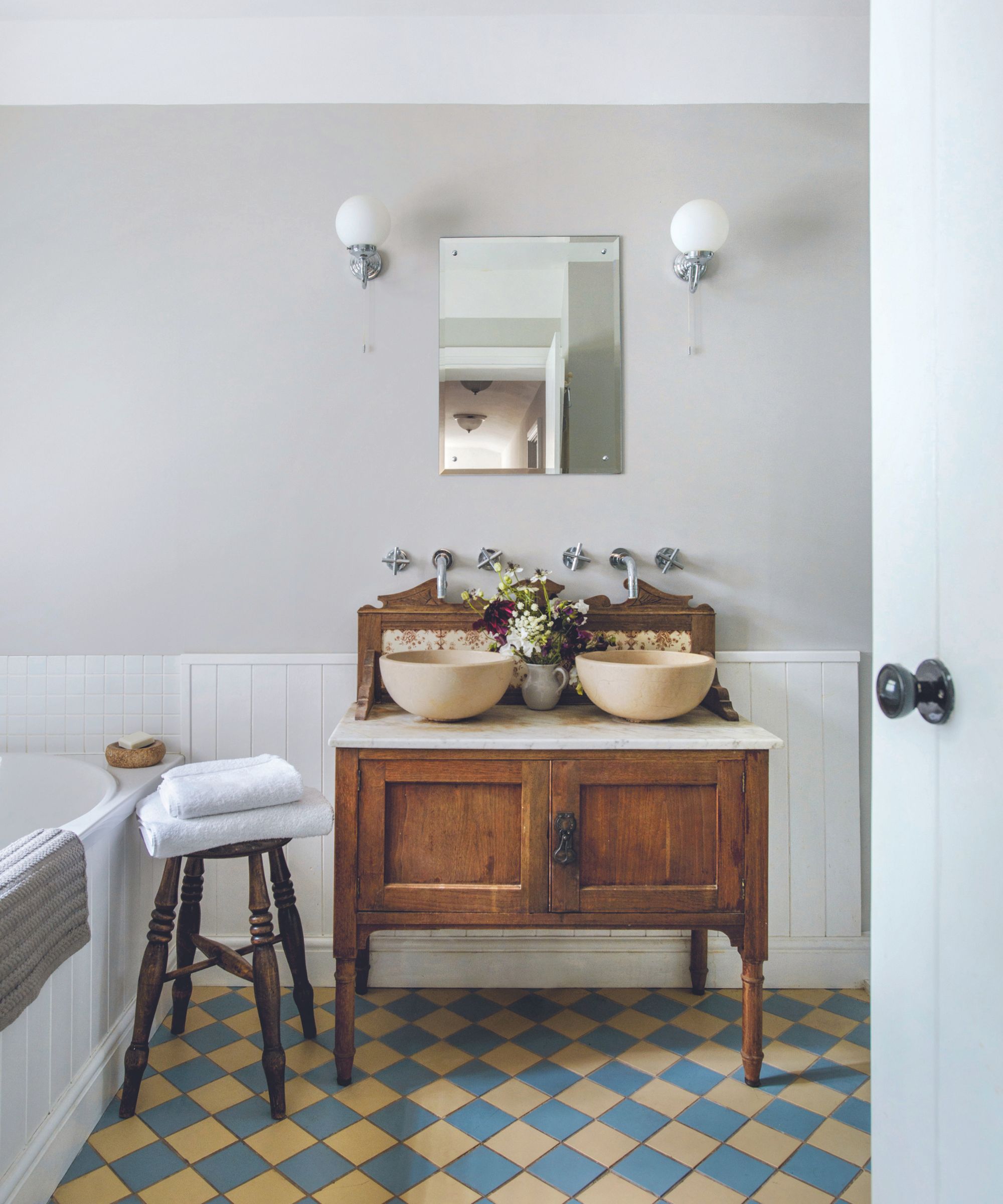
Janille Mangat, a cleaning specialist at VMAP explains, 'Bathroom floors are exposed to moisture, soap residue, hair and other contaminants.' The bathroom floor and grout between the tiles can collect these, leading to mold and mildew growth if not cleaned and dried properly.
'Cleaning experts suggest paying unique attention to the toilet floor, mainly across the base of the toilet. This place has a tendency to harbor the maximum germs and bacteria because of splashes and drips,' comments Saili Sawantt, cleaning expert at Architecture Ideas.
A diligent cleaning routine of hoovering, mopping, and sanitizing this area is key to maintaining a hygienic bathroom. We recommend using this Clorox Plus Tilex Mold and Mildew Remover Spray from Walmart.
7. Shower head
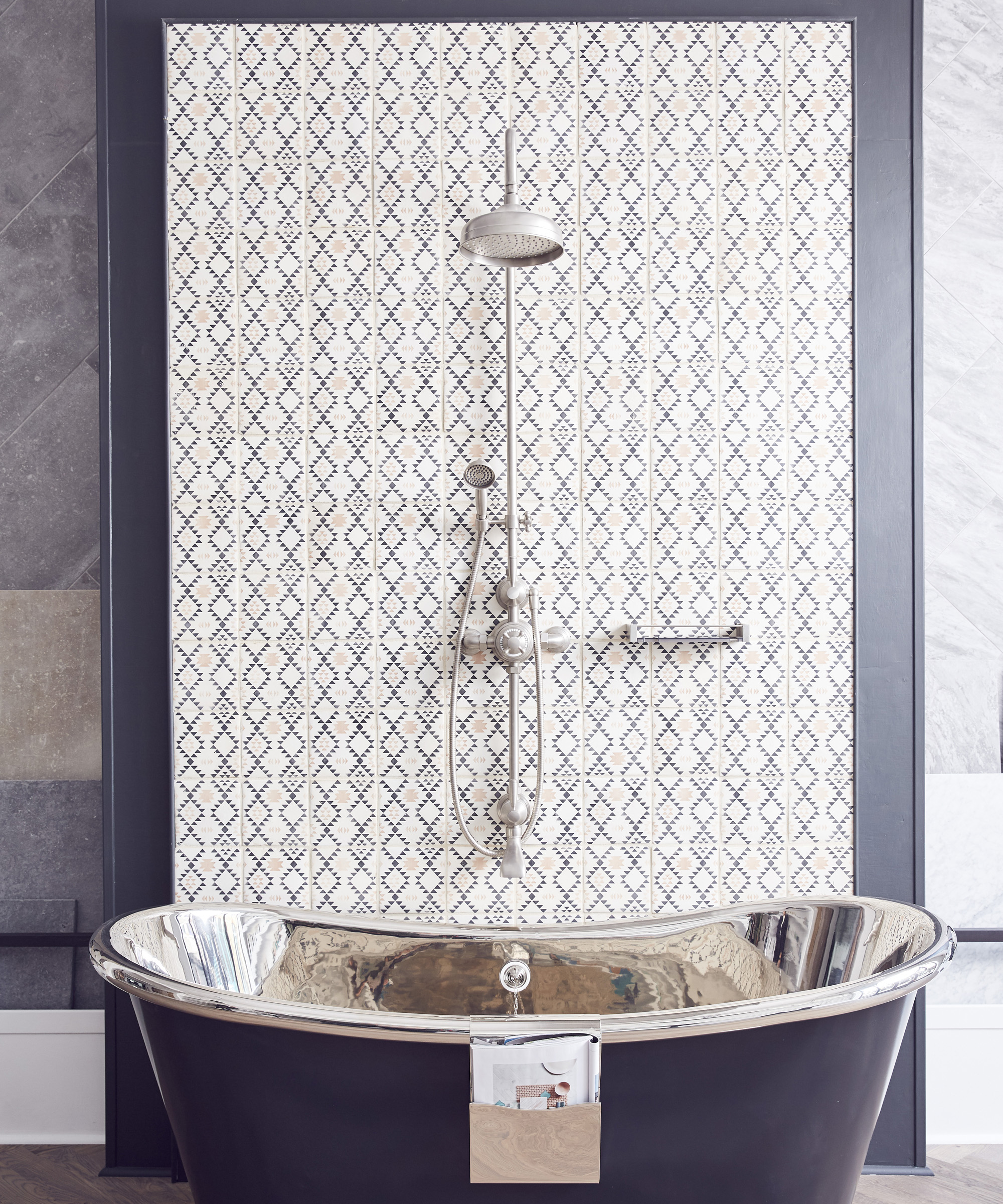
Another place often neglected when cleaning which can become unhygienic in your bathroom is the shower head.
Sabrina Tretyakova says, 'The water that flows through your taps or showerheads can contain bacteria and germs. The showerhead has tiny openings for the water to gush through. These openings can get clogged with dirt and become a breeding ground for biofilm, a bacterium that builds up with time and contaminates shower water as it flows through.
'The solution is to clean the showerhead regularly and not allow debris to stick to and clog the openings.'
For this, we recommend using this Lumkew Shower Head Cleaning Brush from Amazon to effectively reach grime in the shower head holes.
FAQs
What areas in the bathroom are often the dirtiest?
'The bathmat is another popular germ repository in your bathroom, especially when wet. The dampness around the mat provides the perfect breeding ground for various bacteria and germs,' advises certified cleaning expert at Fortador, Sabrina Tretyakova.
'The solution is to hang the bathmat for drying after use and not allow dampness to collect.
'Other places in your bathroom that qualify among the dirtiest places include the shower tray, the areas around the bathtub, the toilet flush handles, the bathroom heater/radiator, etc.
'Keep your bathroom germ-free by maintaining regular cleaning and disinfecting routine.'
Remember, the dirtiest place in a bathroom can vary depending on several factors, including the habits of the users, the overall hygiene practices, and the frequency of bathroom cleaning. Some common areas tend to accumulate more dirt and bacteria, especially if they are overlooked and so go uncleaned for longer. It's important, therefore, to regularly deep clean your bathroom.

Lola Houlton is a news writer for Homes & Gardens. She has been writing content for Future PLC for the past six years, in particular Homes & Gardens, Real Homes and GardeningEtc. She writes on a broad range of subjects, including practical household advice, recipe articles, and product reviews, working closely with experts in their fields to cover everything from heating to home organization through to house plants. Lola is a graduate, who completed her degree in Psychology at the University of Sussex. She has also spent some time working at the BBC.